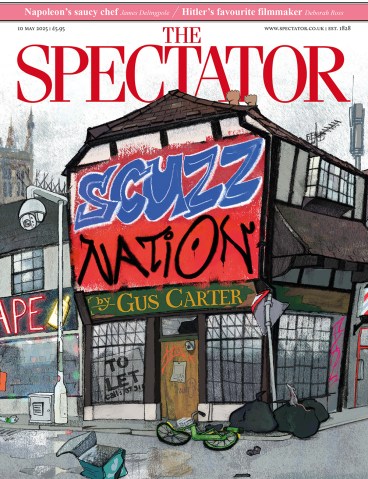
The ferry from Portsmouth to Caen is the most atmospheric way to visit the D-Day battlefields, if not always the most comfortable. As the Normandy coast emerges from the haze, the sand and shingle of Sword beach stretch away to starboard. This was the easternmost of five landing areas assaulted on 6 June 1944 with nearly 30,000 soldiers landed there that day. Over the port bow, on the far side of the River Orne, looms a ridge. Here the British 6th Airborne Division parachuted in by night to neutralise enemy artillery and guard the eastern flank. Out of sight ahead, some eight miles inland past the Pegasus Bridge, lies Caen, the largest city in the area and a strategic road junction.
General Montgomery’s D-Day plan called for the British 3rd Division to land on Sword, clear the beaches and race to capture Caen before the German panzers, known to be in the area, had a chance to react. How well that plan played out in this small corner of Normandy over what has become known as ‘the longest day’ is the subject of Max Hastings’s latest book. His is one of the most reliable brands in popular history and Sword meets his usual standards. We all know someone who will enjoy it.
There are at least three fascinating ways to explore the history of D-Day. The first is to focus on the awe-inspiring scale and complexity of the operation. The Allies managed to ship 150,000 troops across the Channel in total secrecy, storm Hitler’s vaunted Atlantic Wall and defeat the army which had terrorised Europe for five years. And that was just the first wave. Thousands more men and their supplies followed on behind. No one could pull off anything similar today.
A second approach is to concentrate on it as a great Allied achievement. Men and women from more than 12 nations came together to defeat the Germans that day, the last of the war on which more British and Commonwealth servicemen were in action than Americans. Among them were the Norwegian sailors who died early on D-Day aboard HNoMS Svenner, torpedoed during the run in towards the beach, and the French commandos who stormed the seafront casino where at least one of them had lost a fortune before the war. At a time when historical ignorance and malign xenophobia threaten the security alliance that has kept us safe for more than 80 years, there is comfort to be had and lessons to be learnt in remembering a time when, to paraphrase General Eisenhower, free men marched together to victory.
The third route is to look at the experience of battle on a day when ordinary men did extraordinary things. This is the path Hastings takes. Only a minority of the assault force had experienced war before, and Hastings tries to show us how these ‘civilians masquerading as soldiers’ reacted to the shock of battle. Some froze under fire; others displayed remarkable courage; yet others did both. Too many were cut down before they had a chance to do anything.
The Allies shipped 150,000 troops across the Channel in total secrecy – and that was just the first wave
Although Hastings describes the invasion as ‘the finest hour of the citizen soldiers of Britain, Canada and the United States’, he goes on to argue that they ‘never matched the professional skills of the best of the German army’. I wonder. Yes, they were citizens first and soldiers second, but many saw themselves as ‘temporary professionals’, not victims. They were not ‘masquerading’. For them the quickest route home was to get the job done, so it was worth doing well. On the evidence of D-Day, and of almost every battle thereafter until VE Day, the Allies proved better at it than the Germans.
Of course things went wrong on Sword Beach. Things always go wrong in war. Bad planning led to some errors, weak leadership to others, or there were just simple mistakes. But most of what went wrong was the result of bad luck, not bad soldiering. If the ramp of your landing craft splashed down opposite an enemy machine-gun nest or you were standing in the wrong place when a mortar round hit, your war was over. It did not matter a scrap whether you were an elite commando or the greenest teenage conscript. Few battles highlight the role of chance more starkly than D-Day.
Hastings views Sword as a ‘micro-study’, like his Operation Biting, published last year. That book described a brief raid by 120 men, while inevitably this time, with events on a huge scale and a long cast list, we get more panoramas and fewer close-ups. It is hardly surprising that some of the accounts in Sword are familiar, given how often the history of D-Day has been retold. Nonetheless, it’s a cracking tale in the hands of a practised storyteller and good stories well told never go out of fashion.
To book tickets for The Book Club Live: An evening with Max Hastings on 15 May, go to www.spectator.co.uk/maxhastings.







Comments